Month: June 2022
How to Create Custom Gym Management Software
What is gym management software?
Gym management software is usually a web-based product that helps gyms, health clubs, sports clubs, and fitness centers manage their customers, memberships, and revenue flows. Gym management systems help fitness business owners track their finances in real time, collect and process payments, and retain existing customers by collecting data about them.
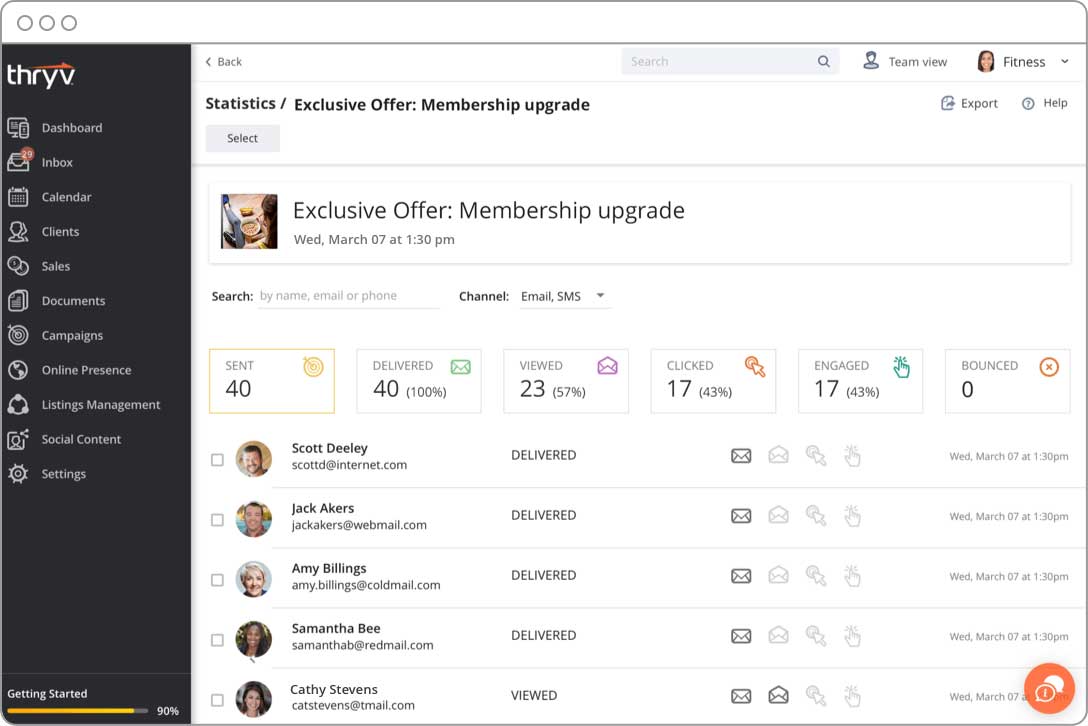
According to Data Bridge Market Research, the gym management software market size is expected to increase at a CAGR of 13.1% through 2027. New gym management systems are constantly appearing, and there are lots of off-the-shelf solutions for gyms of any kind and size. Currently, the market leaders in fitness app development are:
- Thryv
- Zen Planner
- WellnessLiving
- Exercise.com
- Jackrabbit Class
- Glofox
- Mindbody
However, many gyms still prefer to develop their own software from scratch instead of relying on ready-made products. There are several reasons for this:
- Commercially available software lacks flexibility.
- You need to pay regularly to use these products.
- Ready-made gym software may have security issues.
Off-the-shelf software is hard to change and customize, and sometimes it’s not possible whatsoever. A ready-made system can be great, but if it doesn’t fit your particular needs and business processes, you won’t get sufficient value for your money. The best gym management software is custom 90% of the time.
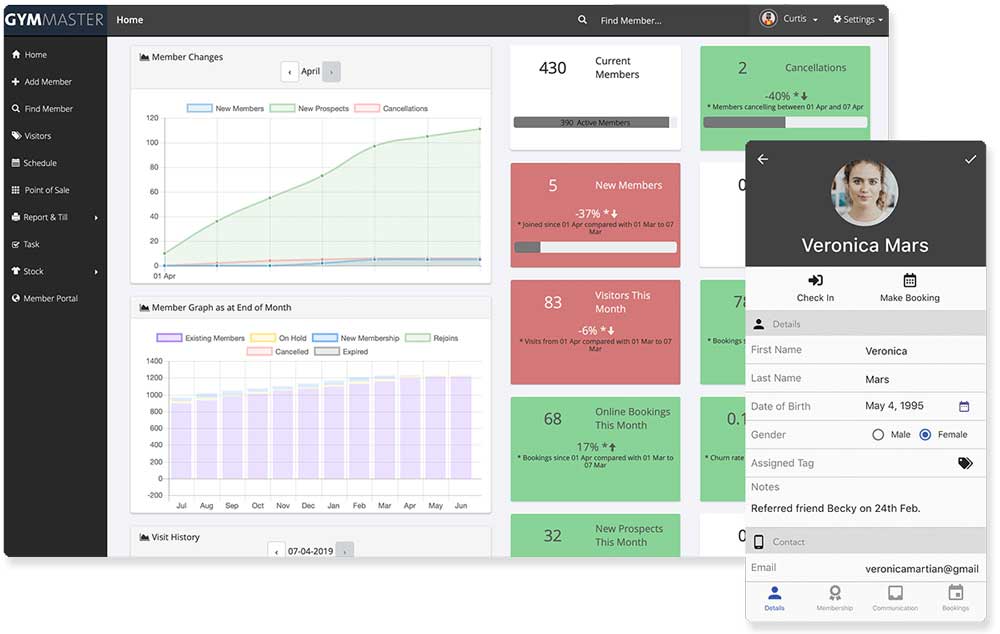
Another reason gyms choose to invest in their own software is the need to constantly pay for third-party products. While the amounts may not appear significant at first, if you consider how much you’ll pay in just a few years, it becomes apparent that it may be better to invest once and just pay yearly for software maintenance and support. Moreover, with custom software, you’ll have control over your system, and it will be flexible enough to correspond to your changing business needs and conditions.
When you rely on a third-party software provider, you need to trust them with your customer data and payments. So despite the convenience of an off-the-shelf solution, sometimes the one-size-fits-all approach just doesn’t cut it. When that’s the case, gyms start to consider creating their own custom gym management systems.
In this article, you’ll learn how to create gym management software, pair it with your gym CRM and how much a gym management system can cost. But first, let’s talk about the advantages of the gym management system.
Benefits of gym management software
1. Advantage over competitors
COVID-19 has changed the fitness industry forever, and after gyms reopen, it will take more effort than in the past to attract new customers and retain existing ones. Online fitness has grown significantly in recent years, and fitness centers will need to have multiple advantages over online fitness classes to gain traction.
Gym management software allows gyms to work more efficiently, make payments effortless for customers, and create additional value. They reduce the red tape and give you a better idea of how your business is going and what you can do to provide an even better experience.
2. Customer retention and better relationship management
A customer management system usually is just one part of gym management software. It allows you to collect data about your customers, personalize your offers, and see what influences the churn rate. Remember that retaining customers is cheaper and easier than gaining new ones, and you need to put your effort into this so your current customers remain loyal.
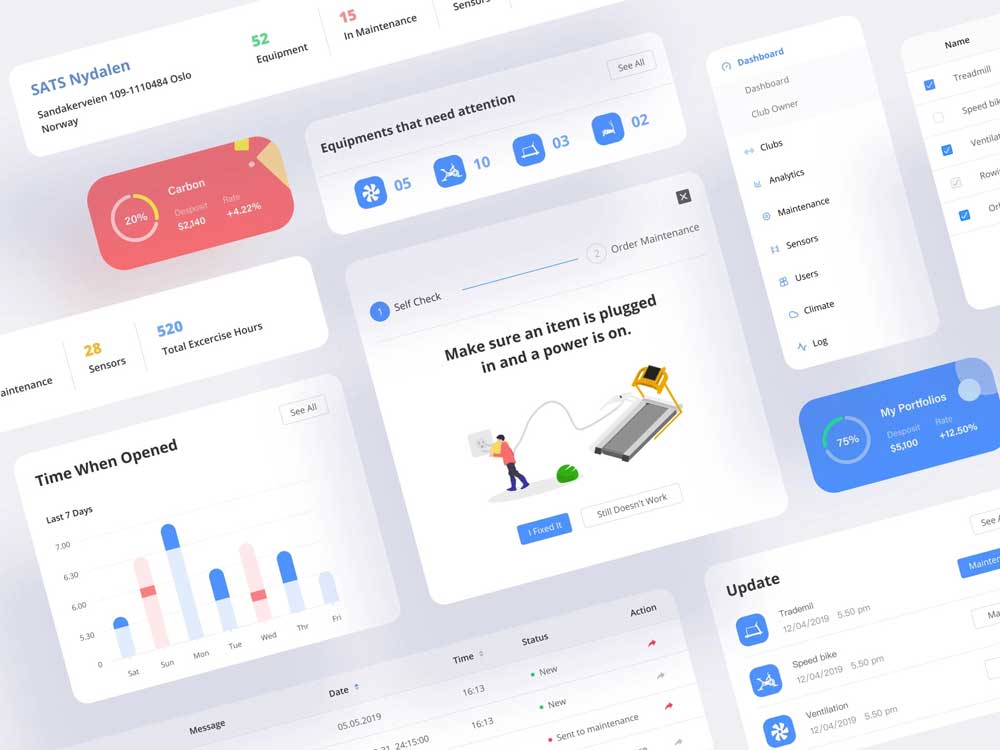
3. Personalization
Personalization is one of the most important aspects that influences customer loyalty. A gym management system can group customers according to their activities, habits, and preferences, allowing you to create personalized offers, sell additional products, and address customers’ concerns quickly and effectively.
Goals of gym management software
What can gym fitness club management and administration software actually help you with? Let’s discuss the functions of a good gym management system.
1. Customer management
Customer management is the main goal of gym management software, which helps employees respond to customers’ needs faster. Customer management features allow gyms to avoid lines at the check-in desk, reduce waiting times, and so on.
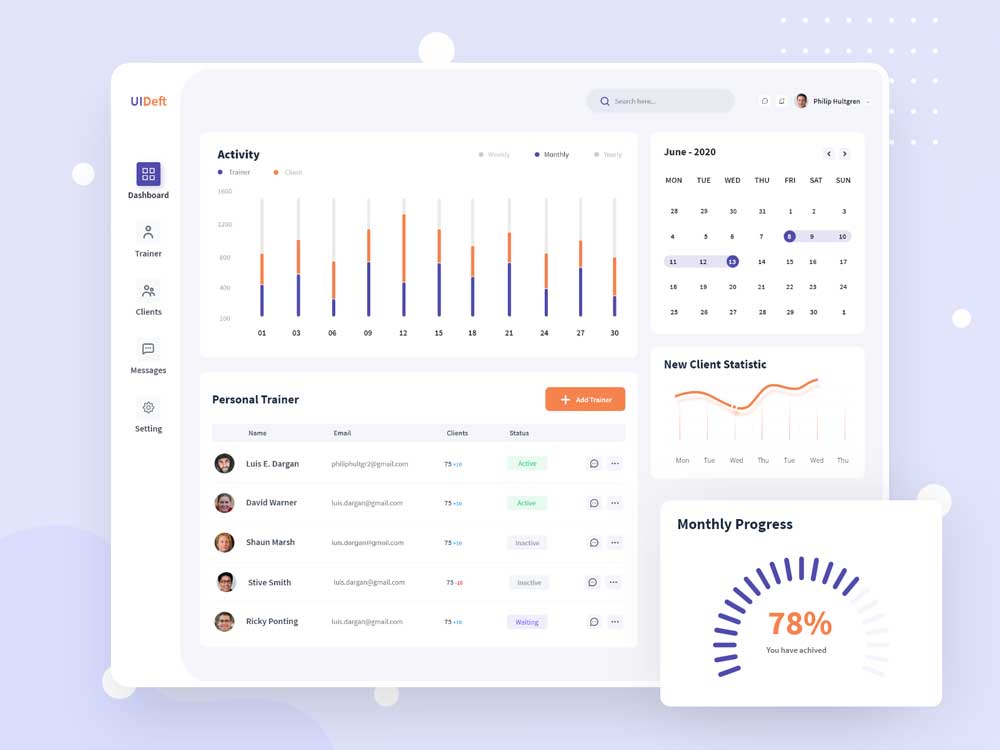
Customer relationship management (CRM) functionality inside gym management systems can automate the check-in process in many ways, such as by scanning fingerprints, membership cards, in-app barcodes, and key tags. This makes the check-in process faster.
If you give your customers access to a member portal, you can also automate scheduling, create online classes, nutrition plans or crossfit workouts, and allow customers to renew their memberships online and join your offline fitness classes without having to call your managers.
You can also integrate your gym management software with a mobile app for customers so they can renew memberships, sign up for classes, and make payments anytime and anywhere.
2. Employee management
A fitness club management system can help your employees complete some of their tasks much faster, such as scheduling, collecting payments, and getting feedback on customer satisfaction. A customer database will also help employees address particular customer issues faster.
Additionally, your gym management software can help you regulate communication between departments, manage the availability of employees, and line up their schedules. You can also integrate existing employee management software into your gym management system.
A smart identification system can allow your employees to check in using their tags or badges with the help of QR code scanners or NFC chips. You can implement different access levels to the admin panel for your employees to make their work more secure and organized.
3. Sales management
Personalization is key to successful sales, and you can significantly increase your conversion rates by tracking customer behavior. Collect data about your customers in your gym management system and make special offers that are relevant to a particular group of customers. For example, you can segment your current customers according to fitness classes they take. Then, you can send them emails that offer similar classes at an attractive price.
Knowing what your customers choose and when will help you make upsells and retain your customers by offering them new services.
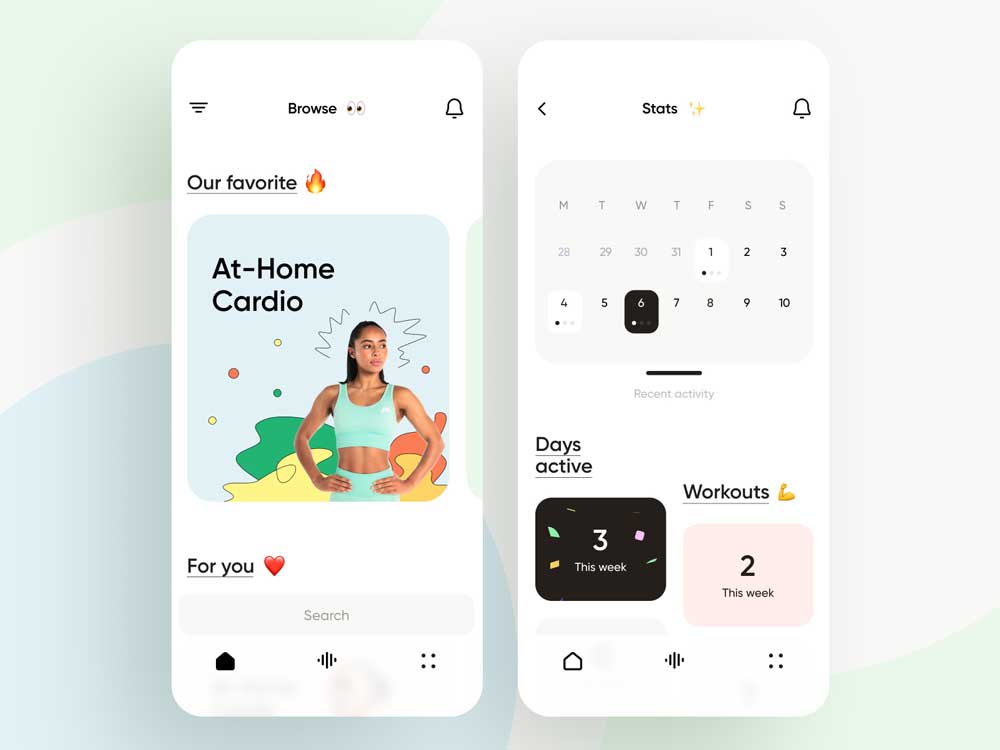
Apart from retention, you can find new customers by tracking and improving your current marketing campaigns and collecting feedback from newcomers to find out why they’ve chosen you.
If your gym ecosystem consists of management software as well as a client app, you can also communicate directly with your customers via push notifications, which have a much higher open rate compared to promo emails.
4. Financial management
The most important feature in your gym management software is analytics and reporting, which should include financial reports. With financial analytics, you’ll be able to assess your revenue flows and make decisions on your strategy.
If you pair your management software with a mobile app where users can purchase your classes, memberships, or products, the information on conversion rates and user behavior will automatically appear on reports and show you how your sales are going. You can also divide customers into groups depending on what they most often spend their money on and upsell products to these groups.
5. Inventory management
With gym software, you can also manage your equipment and inventory. After you register all your equipment in the system, it can automatically calculate future maintenance costs and help you maintain equipment on time to prevent breakdowns, additional maintenance costs, and lost production.
Now let’s discuss the main gym management system features that will help you with all the goals listed above.
Must-have features for gym management software
Gym and fitness management software is usually a web solution that can be paired with mobile applications for both clients and employees. Some gym software features like push notifications require a client app or a website where your customers can book fitness classes, pay for their memberships, and receive notifications.
1. Automated billing system
Say goodbye to manual billing and automate it in your gym management software to reduce paperwork and avoid repetitive tasks. Your customers will also appreciate automated billing, as they won’t need to manually pay for renewing their membership: Allow them to automatically pay weekly, bi-weekly, or monthly and automatically send financial statements to your analytics system to analyze your revenue flow.
2. Email management
If you communicate with your customers through email, your gym management software should allow you to effectively manage your emails. This includes adding, deleting, and editing contact information, dividing your customers into segments, and scheduling emails.
3. Analytics and reporting
This is the most important feature for your business: Your analytics tool should give you a 360-degree view of your business, from customer satisfaction to financial performance. It’s important to implement an intuitive dashboard that will present data visually and help you derive valuable insights from it.
Analytics will show you which of your services are the most popular and profitable and what functionality or products need improvement or more promotion.
The most important feature in your gym management software is analytics and reporting
4. Scheduling
If you want to provide impeccable service, you should give your customers the opportunity to schedule classes on a website or through an app. Online scheduling should be dynamic and immediately reflected in your admin panel.
5. Member registration
Register your members effortlessly and get information about their memberships, communication histories, and previous purchases any time you need. Currently, lots of gyms still register each member manually and keep all membership information in an Excel sheet. Enable your employees to provide faster service with more automation through software.
6. Payment gateway
Accept online payments with a payment gateway, upsell fitness products on your website, and allow customers to pay for their memberships without any hassle.
7. Employee timesheets
If you want to include employee management functionality in your gym management software, start with employee timesheets. Employee management software will allow you to easily schedule work shifts and rearrange employee schedules according to their availability and vacation times.
Reduce the paperwork and automate scheduling in your gym with employee management features
8. Exercise library
If you provide fitness classes that have established routines, implement an exercise library that will work as a guide for your trainers. This will help you maintain stable routines for your customers and quickly train new employees.
9. Text support chat
Implement text support chat into your website or mobile app so your clients can seek assistance anytime and anywhere. You can also implement a simple chatbot that will answer frequently asked questions concerning your classes, schedules, and additional products and services.
10. Online class booking and reservations
Allow your customers to book classes online or reserve services that you provide in your gym. These class bookings and reservations can automatically appear on your employees’ schedules.
11. Automated check-ins
Reduce the waiting time at your front desk by implementing automated check-ins using:
- QR code scanning
- NFC scanning
- Biometric identification
- Membership barcode scanning
The best way to implement automated check-ins is having a customer mobile app that allows your customers to scan QR codes inside your building when they arrive or allow your employees to scan customers’ barcodes or fingerprints.
12. Text and push notifications
If you have a customer portal — for example, a website or a mobile application — the best way to communicate with your customers is through notifications. Websites already allow notifications, but mobile push notifications remain the most effective. Your gym management system should allow you to send, edit, and schedule push notifications, which you can use to remind your customers about upcoming events, classes, and new special offers.
How much does it cost to develop gym management software?
The cost of gym management software highly depends on several factors:
- Features and functionality
- Technology stack
- Design
- Cost of third-party software integrations
- Your development team’s hourly rate
The cost of a gym management system will also depend on your ecosystem. For example, if you decide to implement online bookings or online memberships, you’ll need to create a website or a mobile app for your clients.
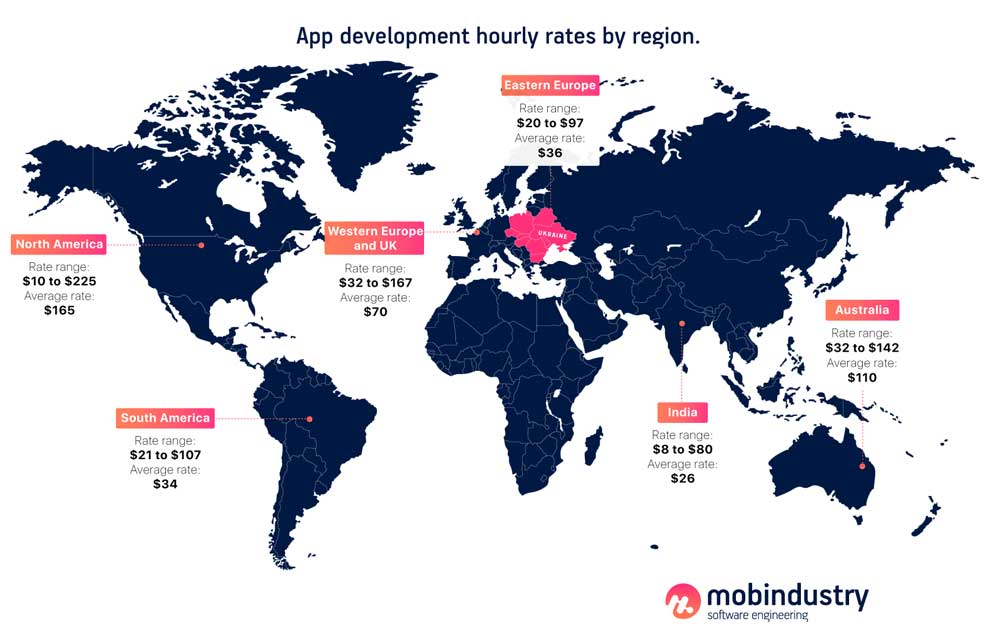
If you want your gym system to have employee management features, you’ll need to create a portal for employees as well. Also, your managers will need an admin panel where they can edit content and check insights on your business performance.
The most significant factor that affects the cost of developing a gym management system is your development team’s hourly rate. Rates may differ by 5x across countries, so many businesses choose to outsource their projects abroad to save money.
The cost of creating gym management software can be anywhere from $10,000 to $80,000 and more depending on your specific needs. The good thing about custom development is that you’ll pay only for what you really need.
Surely, you can use off-the-shelf gym management software, but in this case you’ll depend on what a third-party company has developed, and off-the-shelf platforms may lack customizability and the ability to integrate with your existing systems. Also, if a commercially available system has a mobile app, that app will often have few customization capabilities, and such systems will cost you more per month than your own custom platform.
For small gyms, ready-made solutions are great because their price often depends on the number of users. Such systems usually cost between $40 and $125 per month. However, large gym management software systems with lots of functionality and integrations can cost you $500 to $1,000 per month, which is a significant sum if you think about paying for this service over the course of years.
Final thoughts
The fitness software market is full of competition, and as a result of the COVID-19 pandemic, the competition has only increased, as many people have developed new habits like home workouts. Gyms are fighting for new customers and striving to retain current ones, and one way to do that is to offer great service.
The backbone of your gym’s service is a gym management system that allows you to track your finances, manage customer data, derive valuable information about your business performance, and make your interactions with customers and employees more efficient and convenient.
To further increase your gym’s efficiency and reduce the paperwork and manual repetitive tasks, you can also add a mobile app and a web portal for your customers. In this app or portal, customers should be able to book fitness classes, check their schedules, and order services or products.
You can also add marketing features to your gym management system that will allow you to send highly targeted offers to particular customers, increase your conversion rate, and make upsells.
If you want to learn more about how you can automate most of the administrative work in your gym and how much it will cost to create gym system software, ask us for a quote. We’ll help you with formulating the functional requirements of a gym management system and perform the gym management software market analysis before developing your gym management solution.

